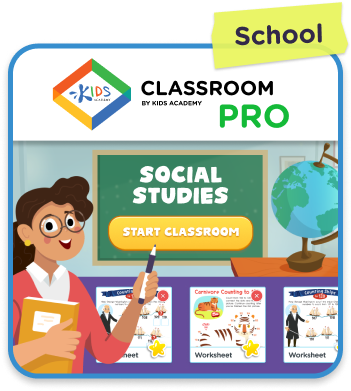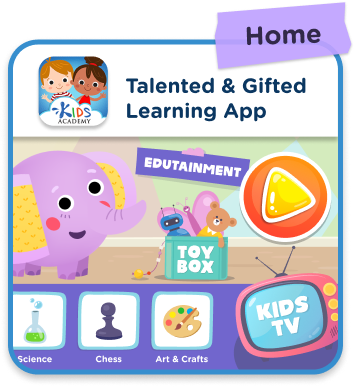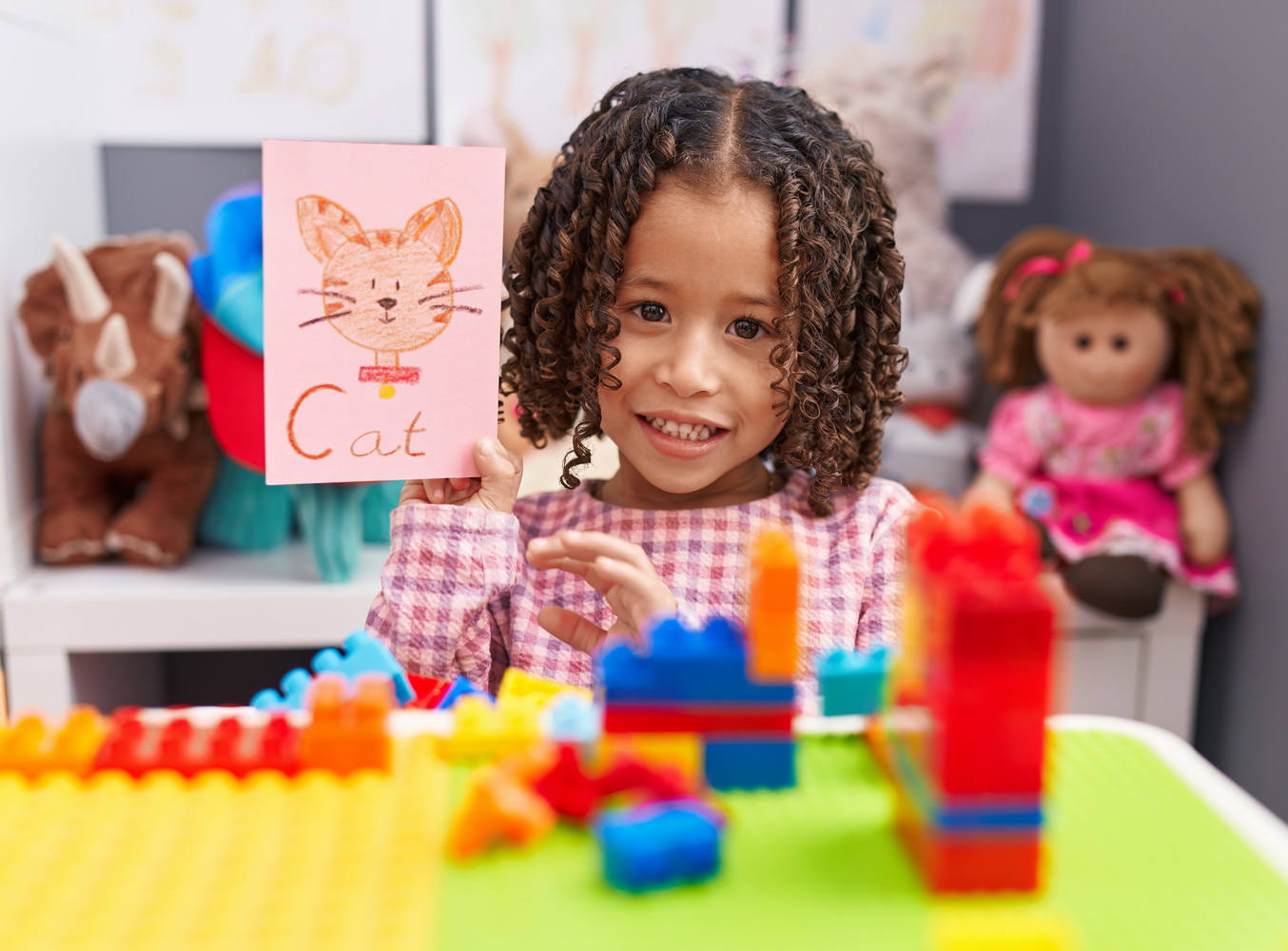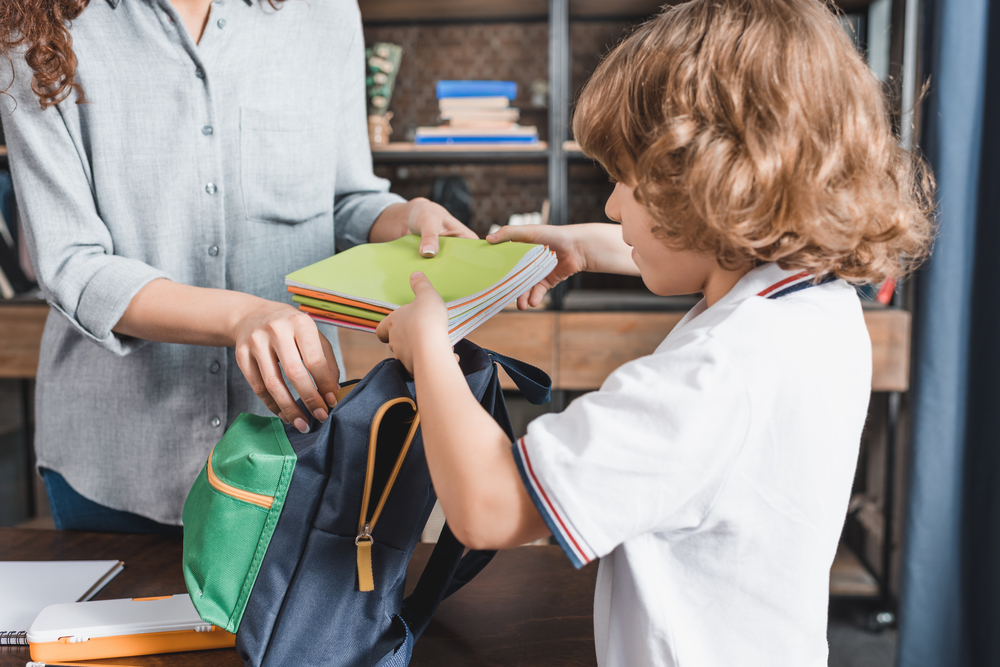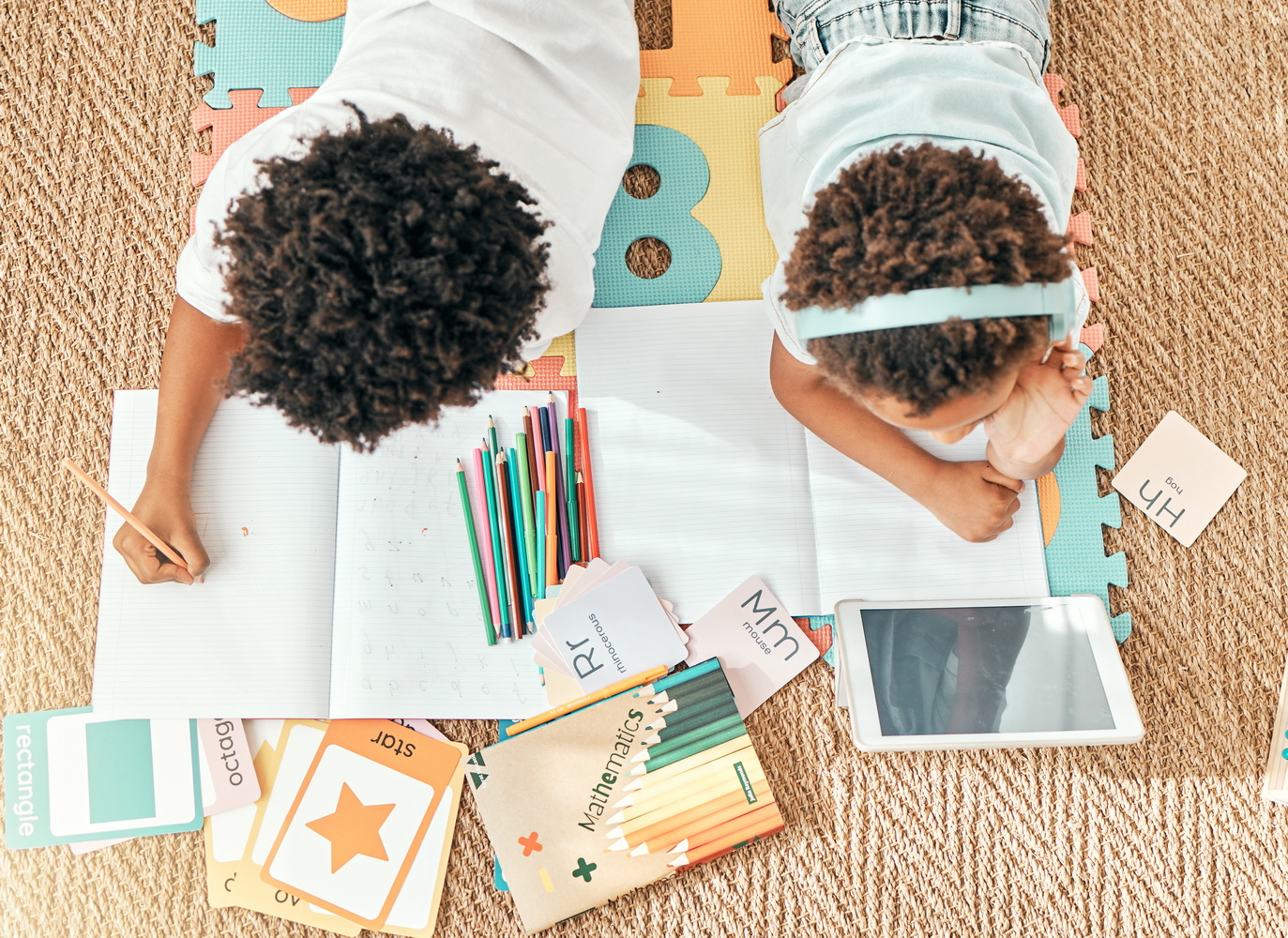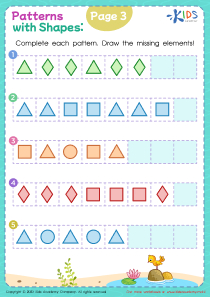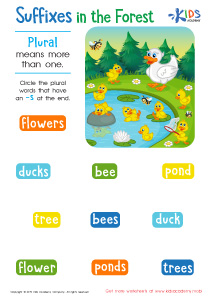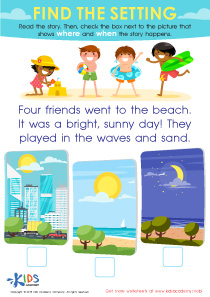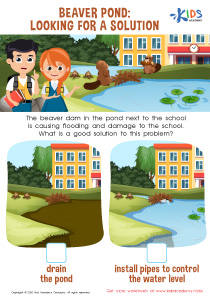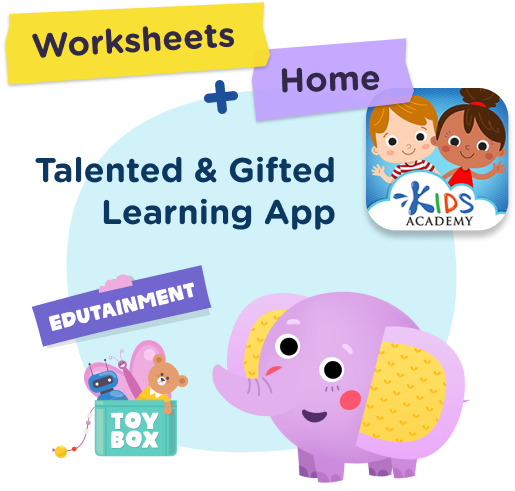Easy Tracing Words worksheets activities for 6-Year-Olds
4 filtered results
-
From - To
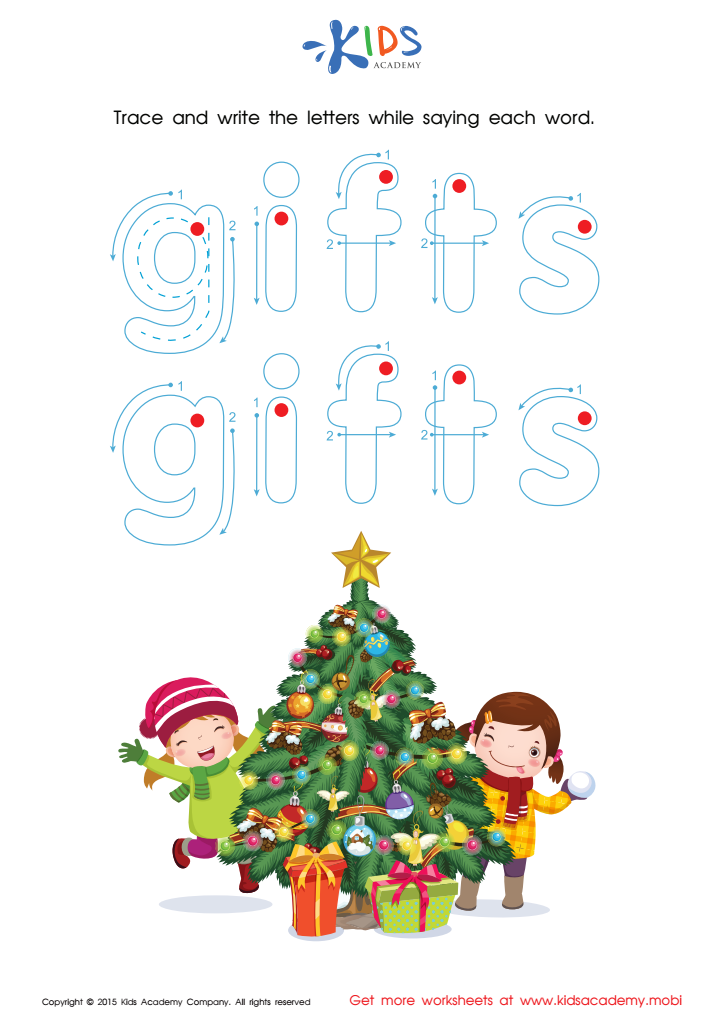

Christmas Tree Tracing Winter Words Worksheet
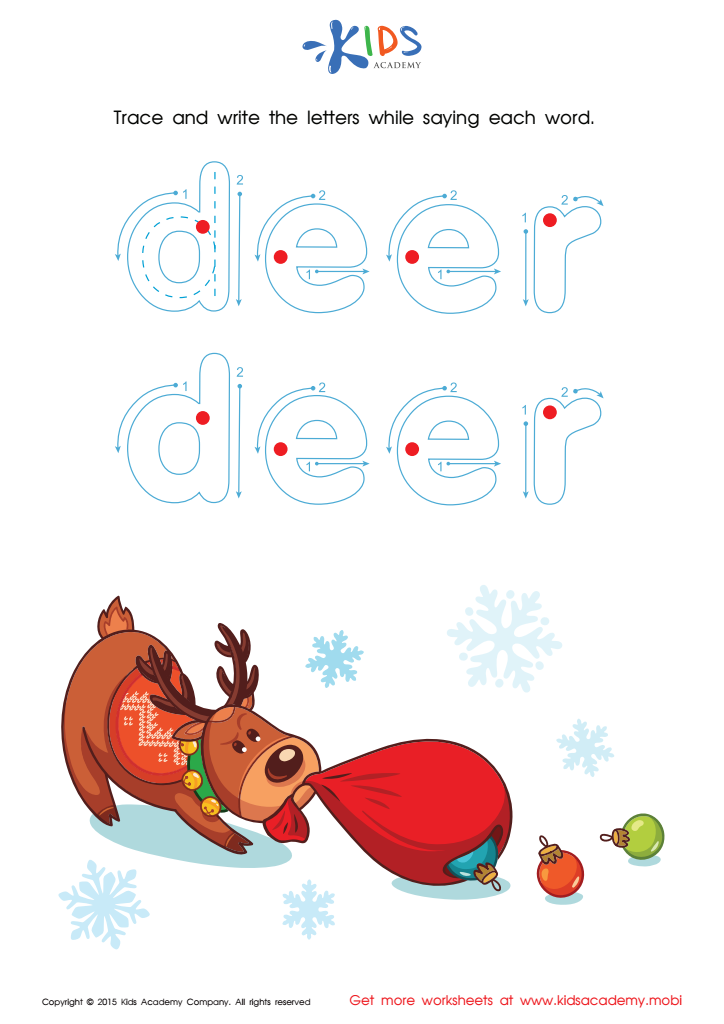

Deer Tracing Winter Words Worksheet
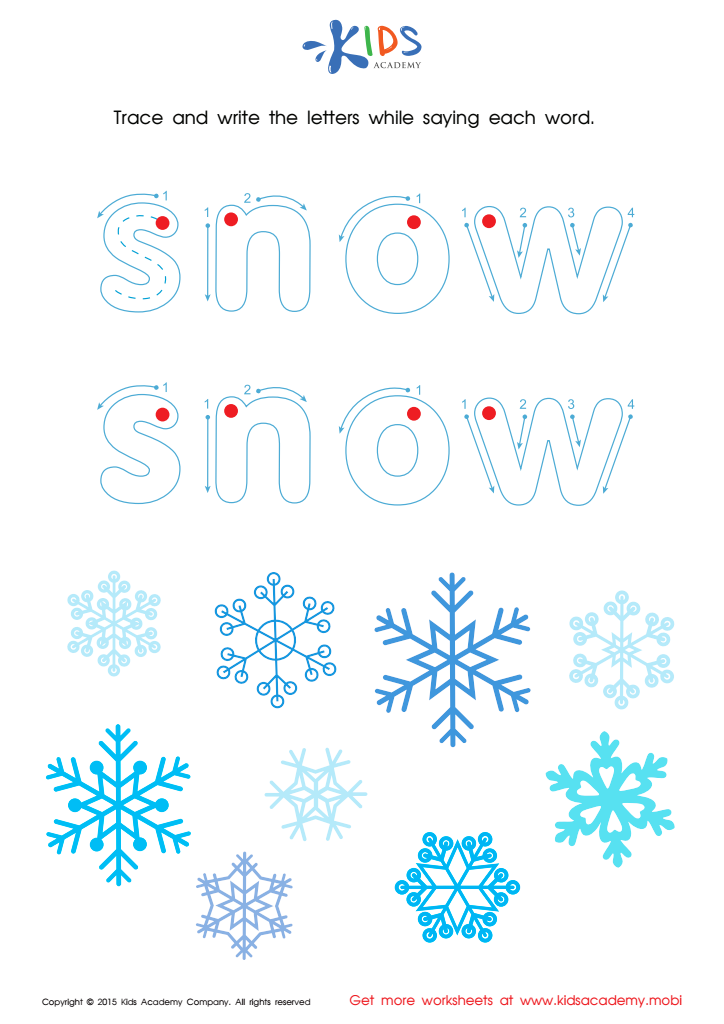

Snowflake Tracing Winter Words Worksheet
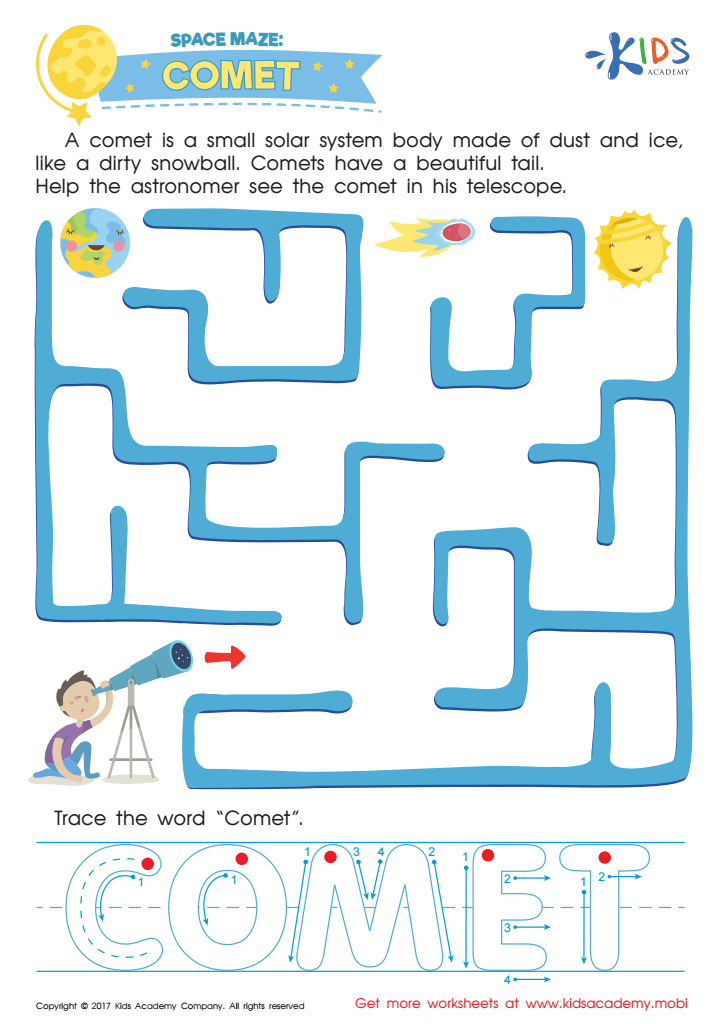

Easy Tracing Words worksheets activities are an essential tool for children in the early stages of learning to write and read. These activities not only support the development of fine motor skills but also enhance literacy skills in a fun and engaging way. By tracing words, children learn the shape and structure of letters, which is a foundational step in recognizing and forming letters on their own. This article explores the benefits and significance of Easy Tracing Words worksheets activities for young learners.
Firstly, Easy Tracing Words worksheets activities are designed to be child-friendly, providing a stress-free learning environment that fosters a positive attitude towards writing and reading. The simplicity of tracing helps children to gradually build their confidence in handling a pencil or crayon, which is crucial for developing fine motor skills. These activities often incorporate colorful and appealing graphics, which serve to capture the attention of young learners, making the learning process both enjoyable and effective.
Furthermore, these activities provide an excellent opportunity for children to familiarize themselves with the alphabet. By tracing words, children are exposed to letter shapes and the order of letters within words, which is vital for reading and spelling. This repetitive practice reinforces memory retention, aiding in the faster recognition of words and phrases as they progress in their learning journey.
Another significant benefit of Easy Tracing Words worksheets activities is their versatility. They can be tailored to suit various learning paces and preferences, accommodating the unique needs of each child. Whether at home, in the classroom, or during travel, these worksheets can be easily incorporated into a child’s daily routine, providing consistent practice that is key to mastering writing and reading skills.
In conclusion, Easy Tracing Words worksheets activities play a pivotal role in laying the groundwork for literacy and fine motor development. Through engaging and repetitive practice, children learn to navigate the complexities of language in an accessible and enjoyable manner, setting the stage for lifelong learning and communication skills.

 Assign to My Students
Assign to My Students
